
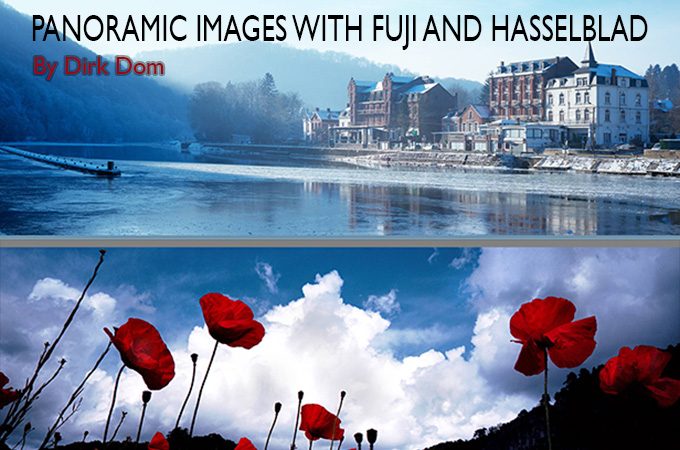
Making panoramic compositions with a Fuji GX617 and Hasselblad XPan
Dirk Dom
Shooting panoramas is extremely easy nowadays. Either you stitch, or you use a panoramic camera. The images below are made with a Fuij GX617 and with a Hasselblad Xpan.
The big Fuji shoots four 2.2 by 6.6 inch (5.6 by 168mm) images on 120 film. The image ratio is 3/1. I have a 90 and a 180mm lens, which are equivalent horizontally to full frame 20 and 40mm. Shooting it is serious work and needs to be done from a tripod. The images it makes (equivalent to 300 megapixel) can be printed many feet wide, with a crazy resolution.
The Xpan shoots 0.94 by 2.56 inch (24 x 65mm) images on 35mm film, 20 images a roll. Image ratio is 2.7/1. I have a 45 and a 90mm lens. Full frame equivalent, horizontally, is 24 and 50mm. I’ve never yet fired an Xpan shot from a tripod. It’s an extremely playful, spontaneous rangefinder camera with stunning image quality. Motion blur from hand held photographing limits printing to five feet wide.
Panoramas are in principle landscapes with a wide image view. Some examples:
However, one is not limited to landscapes at all. You can use the wide aspect ratio image (let’s say 2/1 and wider) for completely different shots:
You’re also not limited to wide angle. Most of the time I use the normal 180 and 90mm lenses. People say I’m out of my mind that I use camera’s like the big Fuji, because digital stitching is so easy and practical.
Yes???
Try these, stitching:
As you can see, exposing a strip of film at once has its advantages. As seen in the fireworks shot, you’re not limited to a horizontal image. If the composition fits the aspect ratio you can get quite beautiful compositions:
I make lots of vertical images. Digital cameras have more than enough pixels to crop to a panoramic image. So do medium format film camera’s. This is a cropped digital image:
I think that, digitally, the best way to work is to tape off your viewing screen and use live view to compose your image. Trying to imagine my panoramic composition in a normal viewfinder image doesn’t work for me.
Discovering panoramic compositions.
You need to fill your image in a beautiful way. Don’t shoot 1.5 to 1 image ratios with a 3/1 camera.
An example. Here I have lots of space left on the sides of the subject:
This is better:
Your viewfinder is your friend to discover compositions. Take plenty of time.
A longer lens allows you to fill the image:
Panoramic composition.
Just as with the square image of 6×6, you need to be able to discover good compositions for the panoramic aspect ratio. It’s possible this is not for you. It’s also quite possible you absolutely hate any vertical wide aspect compositions. Borrow or rent a camera before you take the plunge of buying one to see if it works out.
The rules of composition of course all apply, but my experience is that you have to keep to them more strictly. A panorama has more space and needs more structure, it needs to be sort of calmer. It also takes a longer time to discover the image. Let me give you some rules, of which I’m sure you all know them and some image examples:
Diagonals.
Ideally, from left, up to right, down.
Rule of thirds.
Often, you need to put two subjects in a panorama because the image is too wide:
Repetitions:
Negative space is the part of your shot not occupied by your subject. I like images with lots of room.
Camera view point:
This one is taken with the camera at ground level, 45 degrees up without looking through the viewfinder:
Fore- and background:
Symmetry:
Can be extremely powerful in panoramic compositions. Take great care composing.
Clean up your image.
My sincerest apologies to the purists, but I get rid of junk and wires:
Before:
After:
Making vertical and parallel.
Very important with architecture.
Before:
After:
Well, I hope you enjoyed this and it was a bit useful,
Dirk.

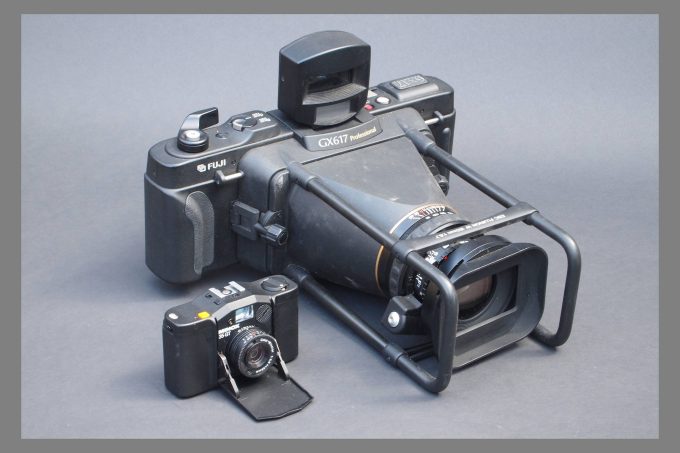
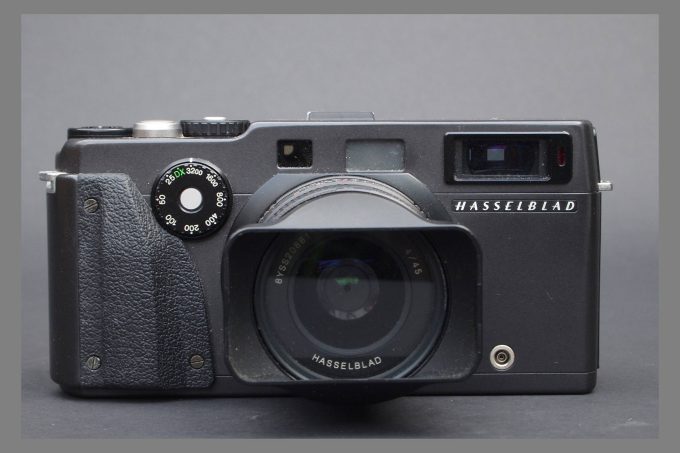
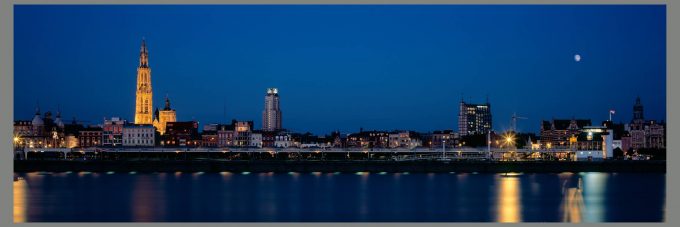
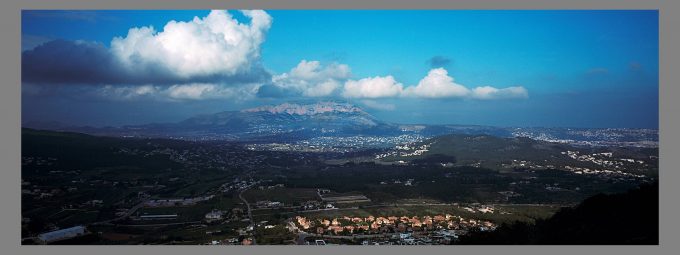
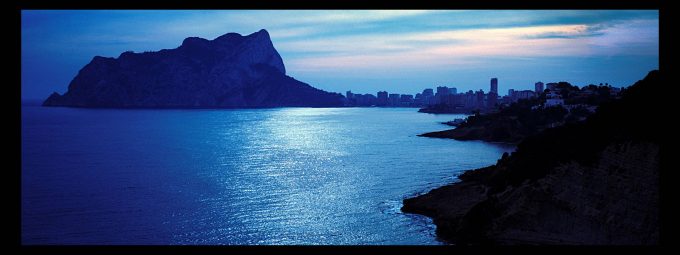
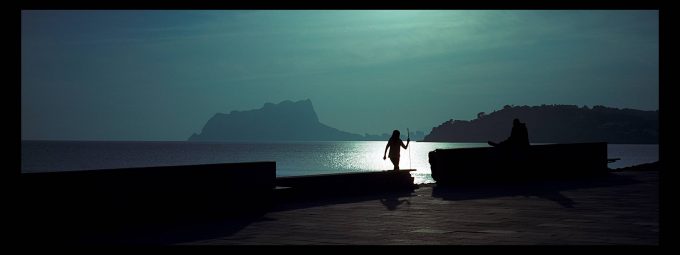
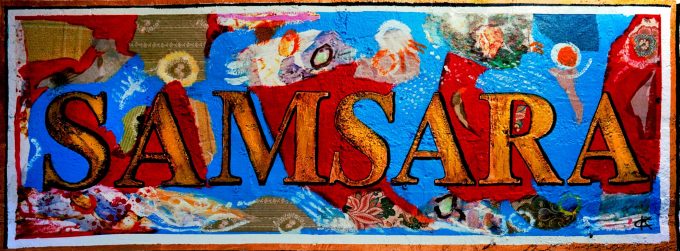
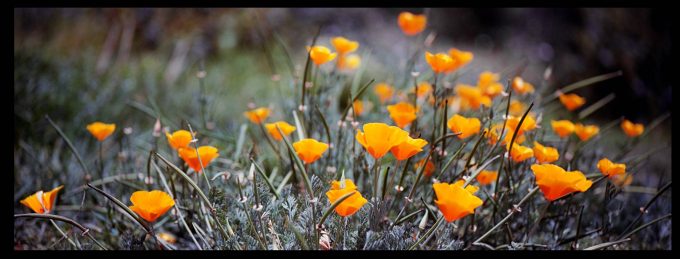
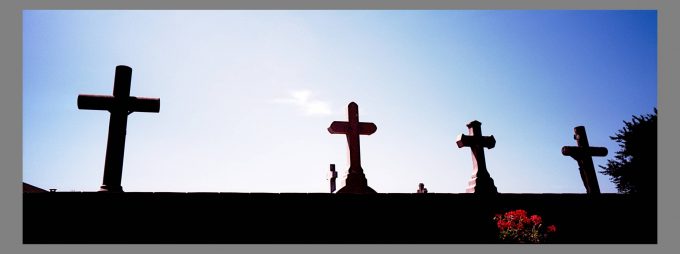
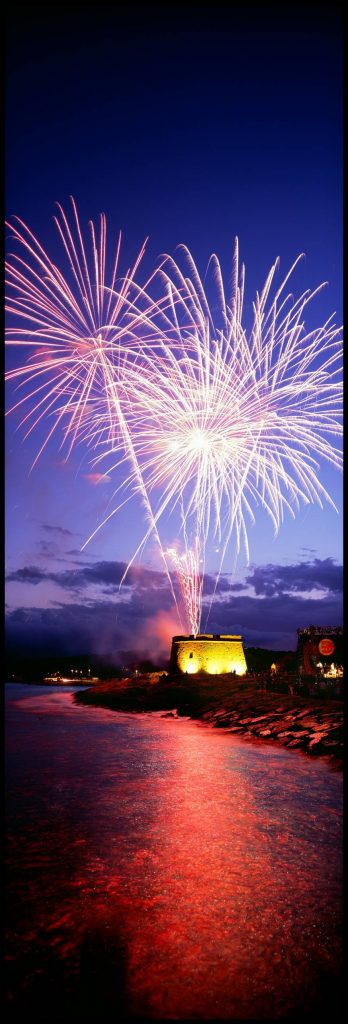
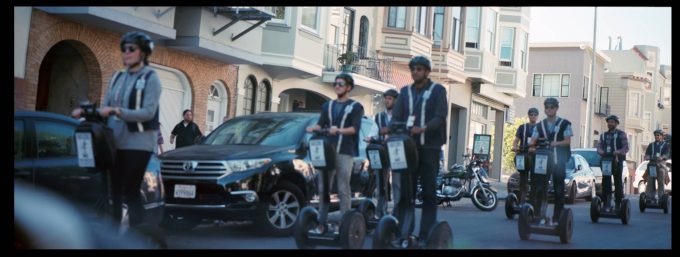
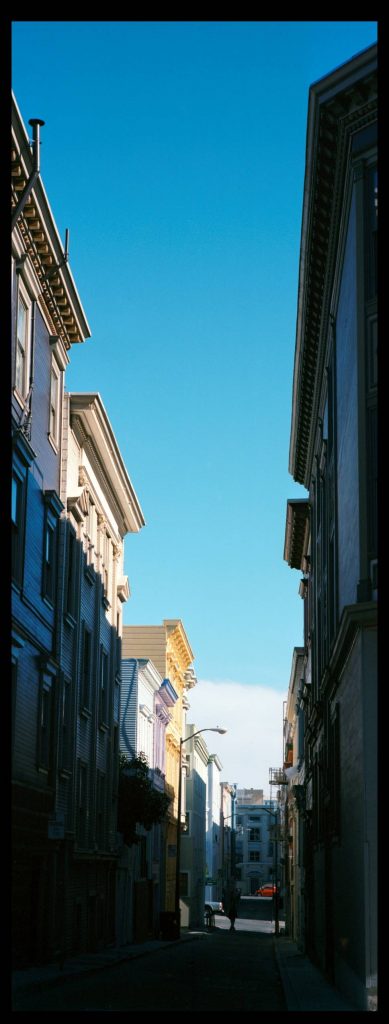
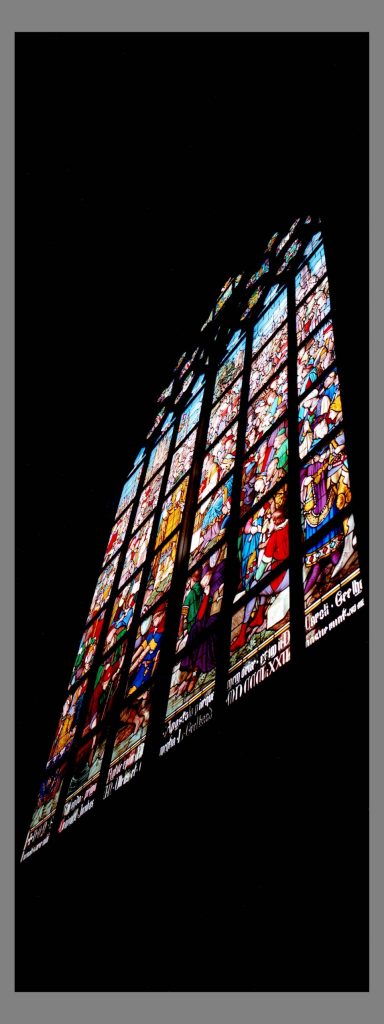
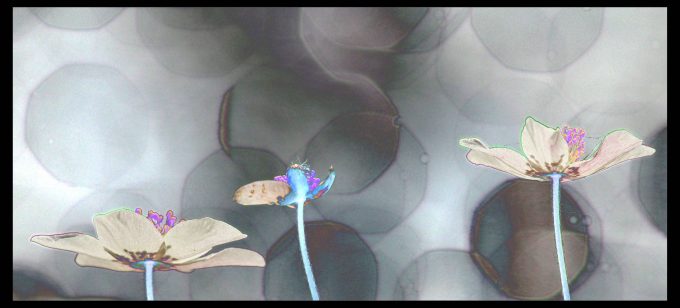
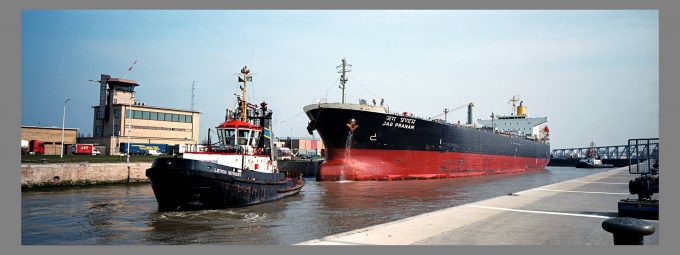
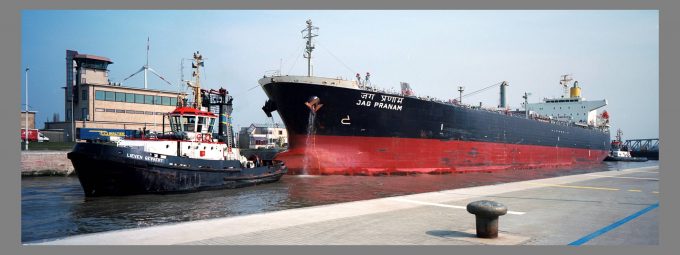
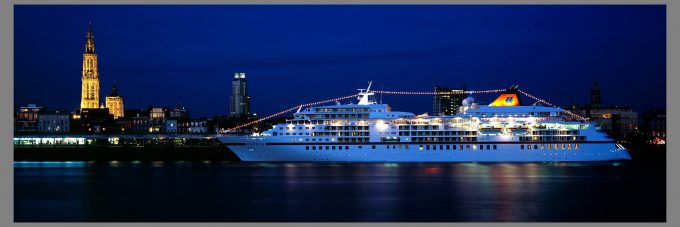
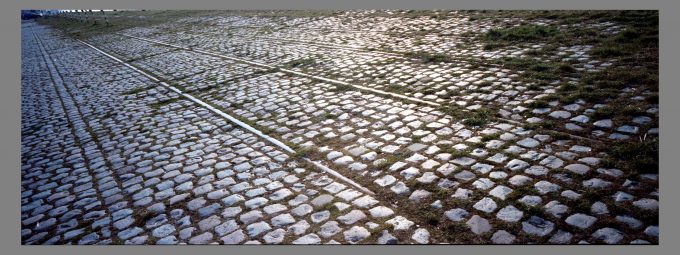
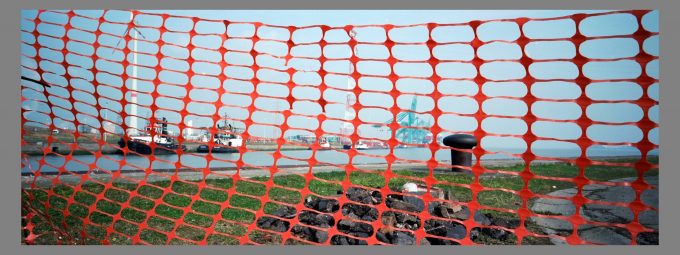
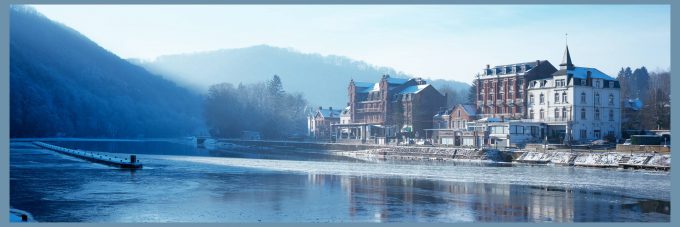
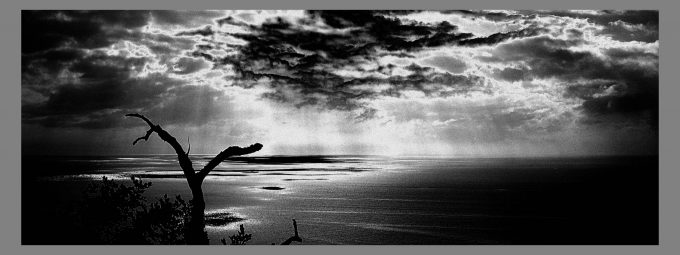
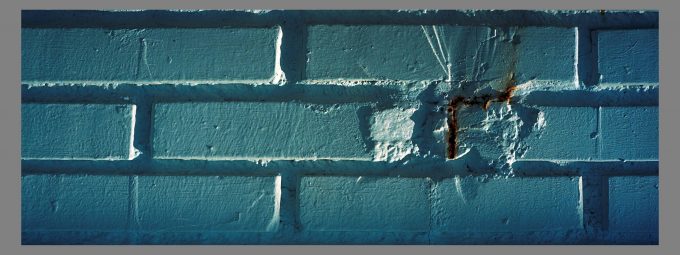
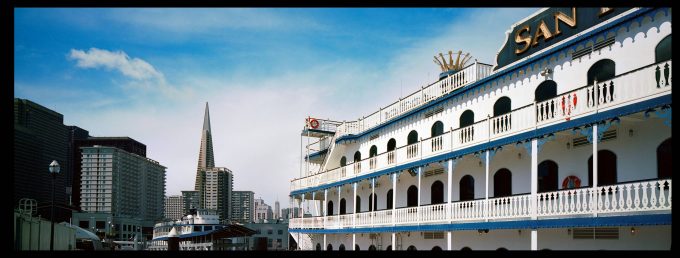
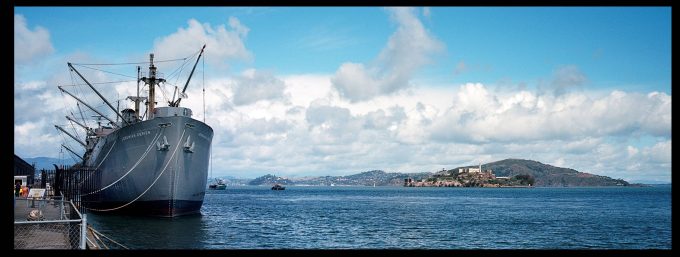
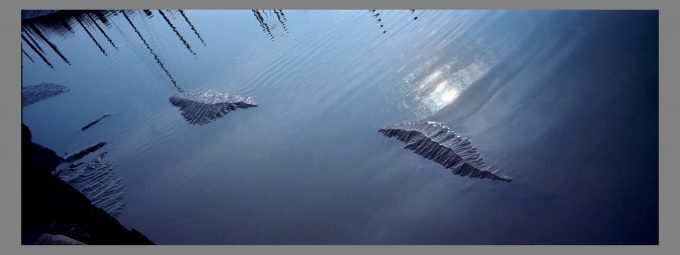
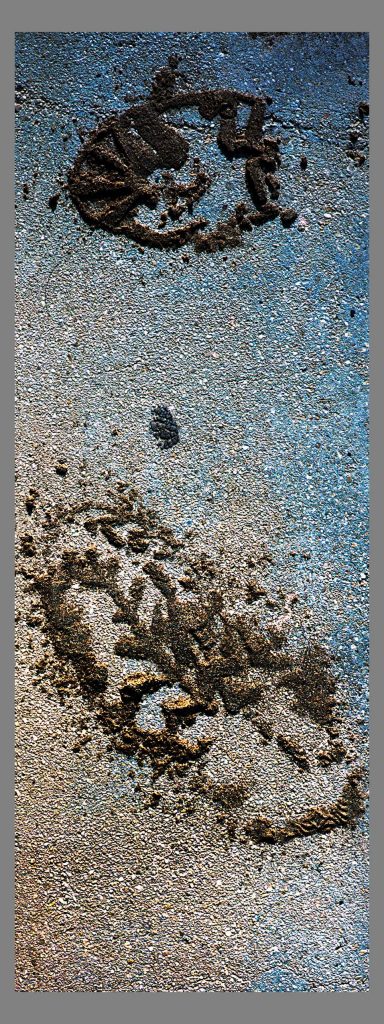
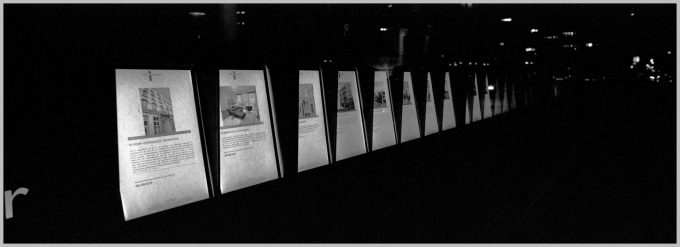
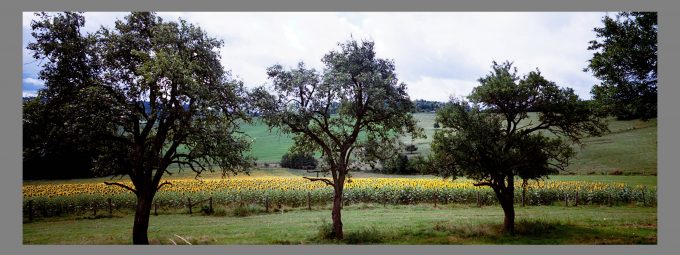
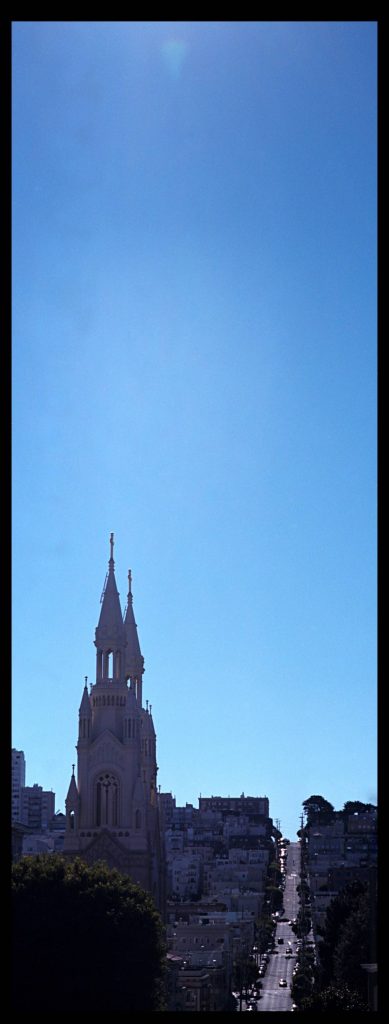
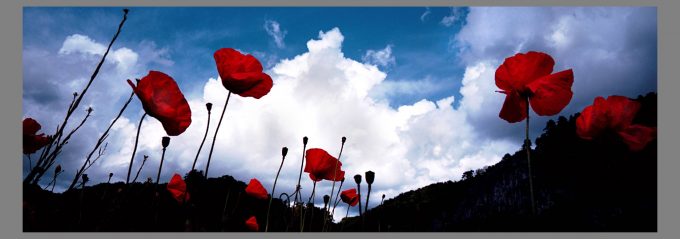
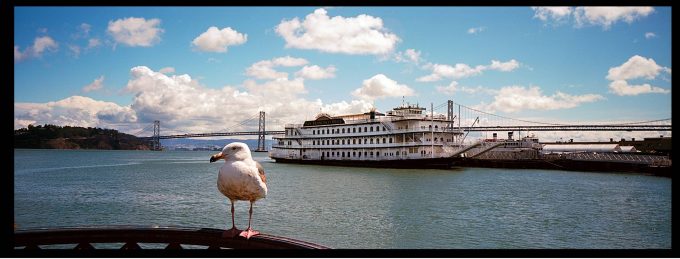
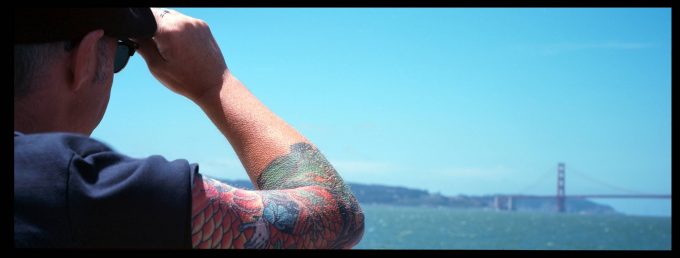
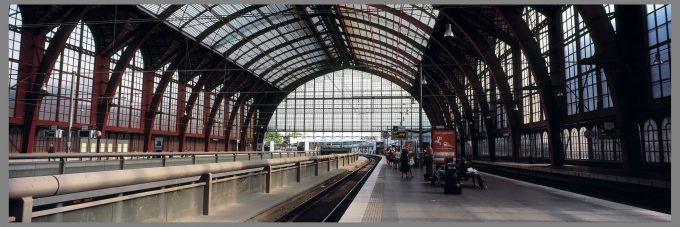
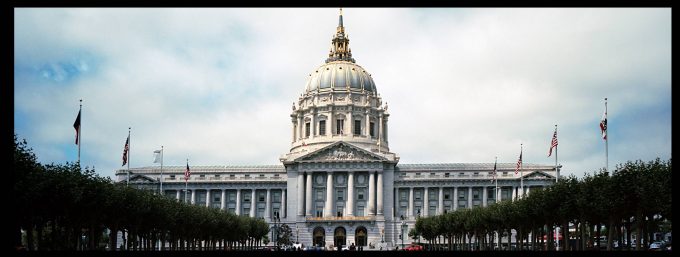
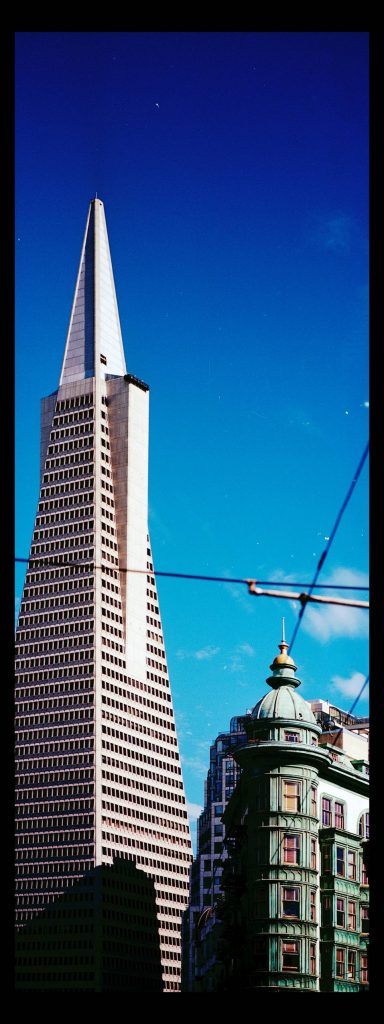
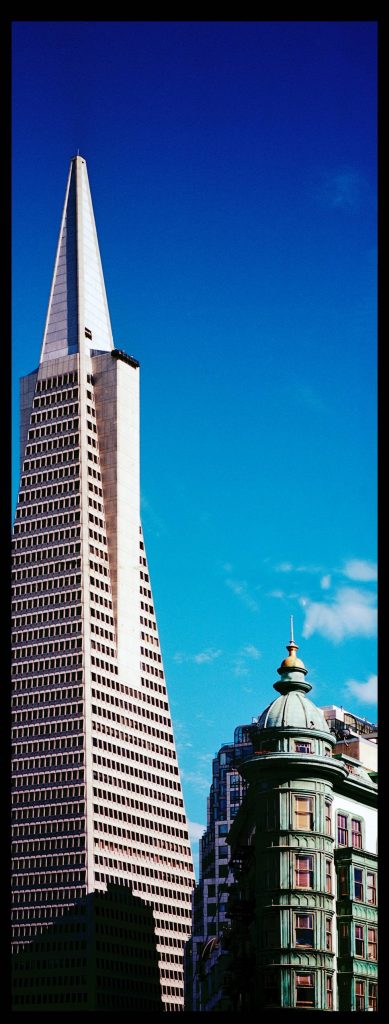
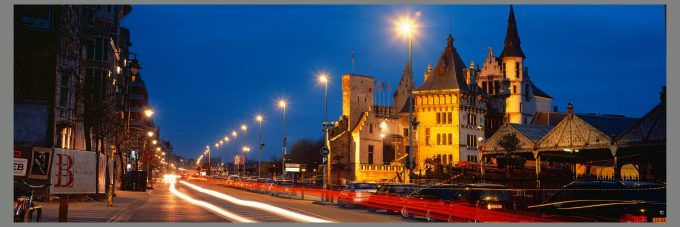
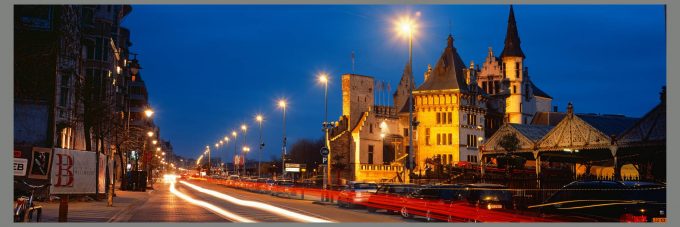
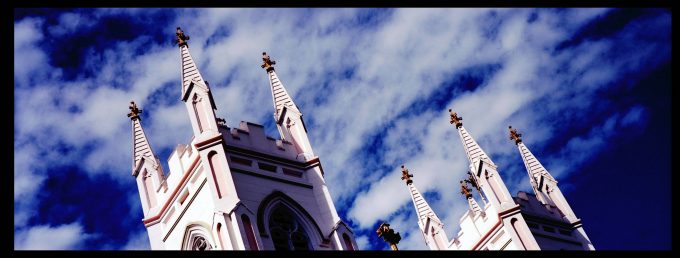
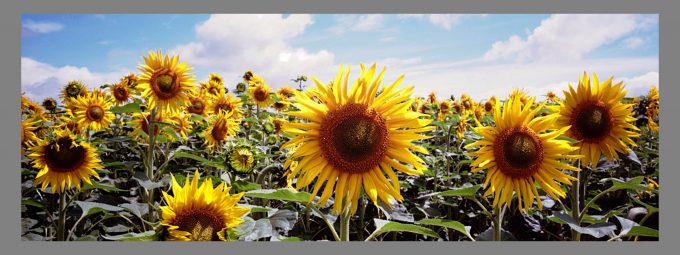

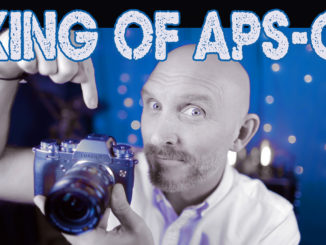
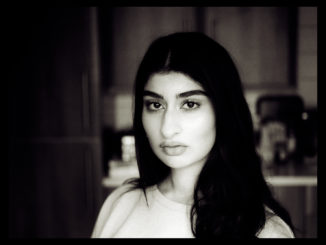
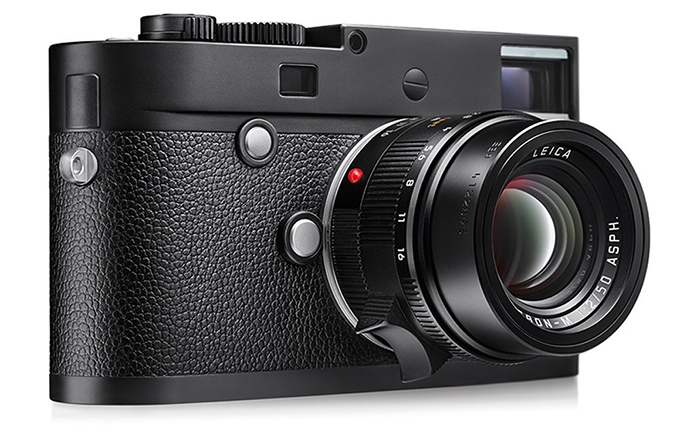
Very nice read. I’ve been using a Fuji G617 (not the GX version) for over a year now and it’s absolutely amazing. It’s completely changed my perspective on photography and panoramics are just so addictive to shoot! The only problem with the G617 version is no focusing screen, but I’ve been getting by using a homemade ground glass that’s slightly bigger than the size of the 6×17 frame as to not have it drop inside the camera. I’m hoping to do some thorough blogs and videos about these cameras because there’s not a great deal out there. Once again, great read!
Hi Dirk,
I love the GX617 (and the Linhoff Technorama) since I saw the first version on the Fotokina in Colone long time ago. But the price was beyond my possibilities. So I got the Horizon 202 and still have it in my collection. In 2015 I posted some images here at Steve:
http://www.stevehuffphoto.com/2015/10/30/film-friday-with-the-horizon-202-camera-by-dierk/
The main difference to the GX617 (besides the medium format) is, that the lens is rotating and you get the typical distortions.
Later I got the Seitz Rondshot, that does up to 360° and even more but also with a rotating lens. I got it from a friend in exchange to my complete darkroom with 24×36, medium format and a 4×5 enlarger.
Some images made with this Seitz Roundshot are here in my flickr album, many of them hand held!
https://www.flickr.com/photos/dierktopp/albums/72157636909488305
The(my) problem with Color Negative scans are the colors, and I notice this problem on your images too. The colors look typical analog (on purpose?). If you don’t have the correct profile for your scanner (I don’t have any for my old Epson scanner any more), it is hard to get correct colors.
Stitching:
I started stitching 2004. The 6 MP of my first DSLR Nikon D70 were not enough for the prints, that I wanted. I got a nodal corrected panorama head and most of my images for about 2 years were stitched. The 1,50m wide prints for exhibitions were very good and I sold several.
Now I do stitched panorama images very often just hand held without any problems and I can motivate anybody to give it a try. Just make sure to shoot enough space around your desired object to have plenty of room for the final crop – and you get images of up to 200 MP without any problems.
regards
dierk
PS
I would like to prepare a post about all kinds of stitching but I can not reach Steve by mail any more? My mails seem to end up in the spam 🙁
Hi Dirk, I always like reading your articles and this one was no exception, lovely stuff and reminding folks that life did exist in the panoramic world before digital!
I have both of these cameras, or should I say ‘had’ as far as the Fuji goes 🙁 If you had seen me on the day of its demise you would have seen a grown man cry.
I live close to the English Lake District and got up early one winter’s morning when I knew I would be in for a spectacular very clear and icy sunrise. I drove down to a location I knew with my GX617 and a Nikon D300. Everything went well and I rattled through about 4 films at about 3 shots per film, managing to load the film with ice-bitten fingers. Anyway I was making my way back to the car with a D300 in one hand and a tripod with the GX mounted in the other, just as I was a meter away from the car I slipped and it was one of those moments I can recall in slo-mo. I planted the tripod (or thought I had) on the ground before I fell landing on my elbow carrying the D300. It and a 24-105 lens whacked into the ground with enough impact to bend the lens mount – so you can imaging how the lens and mirror looked, worry about dust on your sensor, try some smashed mirror fragments! I looked up and saw the GX starting to tip over and couldn’t do anything other than watch it hit the ground and do a very fine job of imploding on itself. GUTTED!
I didn’t care so much about the D300 as I knew I’d get it replaced easily enough on my insurance but picking up the pieces of the GX had a few tears running down, and I don’t think it was just the pain in my arm causing it!
My insurance company did come up with e decent offer on the GX but I never managed to find one as good as the one I had so have never replaced it. I still have the carrying case if anyone is interested!
When I had it I used to shoot colour slides and BW negs. The slides are big enough to mount and back-light and make a picture in their own right and make the X-Pan ones look tiny. I’ve still got my negs/slides and you’ve just inspired me again to go and dig them out!
Thanks
Jim
Finally..an artist!..take note please
Very nice article. I’ve often seen many of these cameras at local camera shows and have wondered how useful and what types of interesting compositions one might get with these cameras. Thank you for all of these wonderful examples. Very inspiring. I have a Mamiya 7 II rangefinder, and after reading this article I’m now thinking of buying the 35mm panoramic adapter for it, which provides a 1:2.7 aspect ratio.
The 43mm lens for the Mamiya 7 provides the same image angle as the 45mm of the Xpan.
I think you can tape off the front part of the 43mm viewfinder and so compose for panoramic images, them being 70mm wide, using 120 film.
As i said, you don’t need super wide for panoramic aspect ratio images, try taping off the in body viewfinder if you have the 65 or 80mm.
Just try it out! it only costs a roll of film.
Bye, Dirk.
Wow! Great work! Nice to see an article about gear as a vehicle for creative work, and actually addressing content and composition instead of megapixels and sensor size. Most importantly, great and interesting images! And FILM. YAY!
You have done a superb job of outlining the challenges and opportunities available from this format.
I love the simple ones like the poppies and the “footprints ” as much as the other vistas – nice one .
Very, very good. Again. Keep it up.
Great job thank you.
What a beast of a camera! Besides that, you’re a bit nuts. NOT.
I recently talked to a Walloon pro-photographer who’s still shooting ‘argentique’ – his walk-around camera is a leica m6 with a 35mm lens. When I told him about my adventures in analog shooting and scanning / cleaning and posting on the internet, he looked at me with these weird eyes. For him, the craft lies in the ‘wet’ dark room, with printing wet on paper. According to him, there are really only two companies making film (kodak and ilford), and it is the paper that makes all the difference… He kind of planted a seed in my head…
It’s the other way to go. I did very serious wet darkroom work for ten years, 40 years ago. There I learnt my burning/dodging skills. it’s a choice you make.
One of my best friends chose for the wet darkroom way. He shoots a Mamiya C330. I taught him how to develop a roll and he took off. I met another guy, he had so little money he could hardly eat, but he had two 4 by 5 inch cameras and then some, and three enlargers. His place smelled like delicious fix… He printed BIG…. Incredible.
I now print black and white with a 12 ink inkjet printer on fibre based Hahnemühle Baryta and the results are simply stunning, like a dream come true. No way I can show that on the Net. Honestly, I couldn’t get such results with wet darkroom, but maybe I didn’t try hard enough.
the hybrid route is ten times more expensive than the wet darkroom way, at least.
Sometimes I want to go the silver based route again, even bought a 5 by 7 inch enlarger for $400, but it’s not for me anymore.
The future is open…
Dirk.
Stunning! Sorry digital folks.. but these cameras are the REAL DEAL!
If one day there is something like 500MP panoramic digital cameras like these, I’m in.. no matter the cost! Till then, all in the digital world still looks like a toy compared to what these can deliver:)
Thanks for sharing:)
no matter the cost!
I have the solution for you and your bank account 🙂
Seitz 6×17 Digital
160 million pixels of beauty – the only digital 6×17 camera!
Super fast image capture – 300 MB of data per second!
High resolution 6×17 digital images – 160 million pixels
Seitz D3 digital scan back interchangeable with Roundshot D3 camera
Easy camera control and image preview + storage with connected tablet PC computer or any 64-bit PC or Mac computer
ldeal for high resolution landscapes, group photography, fine-art, architecture photography
Dirk your skill and knowledge make your posts extremely interesting to me. Thanks so much for these thoughtful and interesting posts!
Yes, I did enjoy it, thanks you – I always enjoy your posts! You have a great eye, which I can’t emulate, but I always learn something from you. That shot of the seafront at dusk with the silhouettes is just beautiful – and the fireworks are superb. You’re the only person who could make me want to try film. Just one thing – aren’t the before-and-after PCd night shots with headlight streaks identical?
Thanks!
I thought so, too – so I hope you get a reply !
Well, I’m afraid I put two of the same in the headlight shot. the original shows everything tilted. It escaped my notice when I reviewed before posting.
My apologies.
Dirk.
Certainly enjoyed your article and find it very instructive. I haven’t done any “stitching” (don’t quite believe in it somehow), but have tried 12mm (!8mm) equivalent on my NEX6 and set viewfinder image to 16×9. Good when not too far away from the subject, otherwise falling verticals nearly fall over! I allow myself to crop top and bottom but not sides. So I know instinctively what the really panoramic image offers in terms of exciting composition. You certainly offer encouragement to go further with appropriate gear. Thank you.